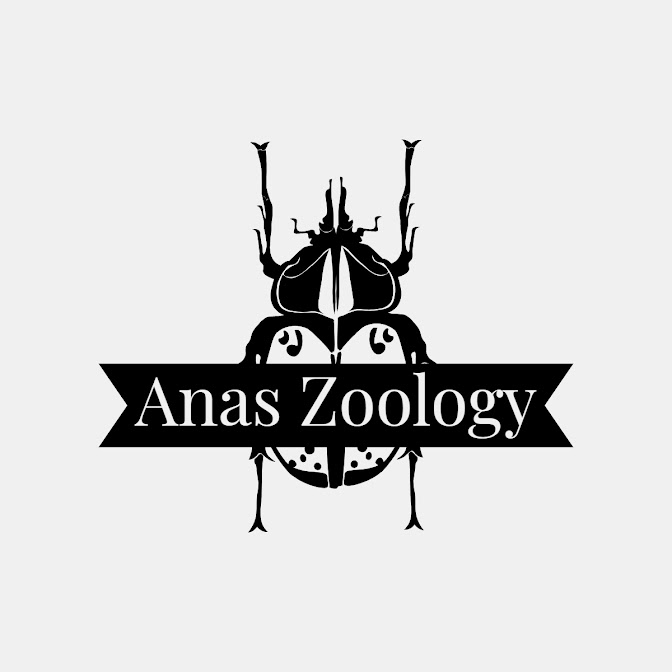Lipids in Cell Membrane

What are Lipids? A lipid is a class of organic compound which is a fatty acid or its derivative. They are insoluble in water but soluble in organic solvent. Major lipids in cell membrane are: Phospholipids Cholesterol 1) Phospholipids: The lipid substances containing phosphorous and fatty acids are called phospholipids. There are different types of phospholipids present in cell membrane, they are as follows: Aminophospholipids Phosphatidylinositol Sphingomyelin Phosphatidylserine Phosphatidylcholine Phosphatidylglycerol Phosphatidylethanolamine The phospholipid molecules are arranged in two layers in cell membrane. A phospholipid molecule consist of two parts: head portion and tail portion. The head portion is made up of phosphate group and a glycerol atom and tail portion is made up of two fatty acid chains. Head portion is polar and hydrophilic (Strong affinity for water). The tail portion is non polar and hydrophobic (repelled by water/water fearing). Structure of Phospholipid The






